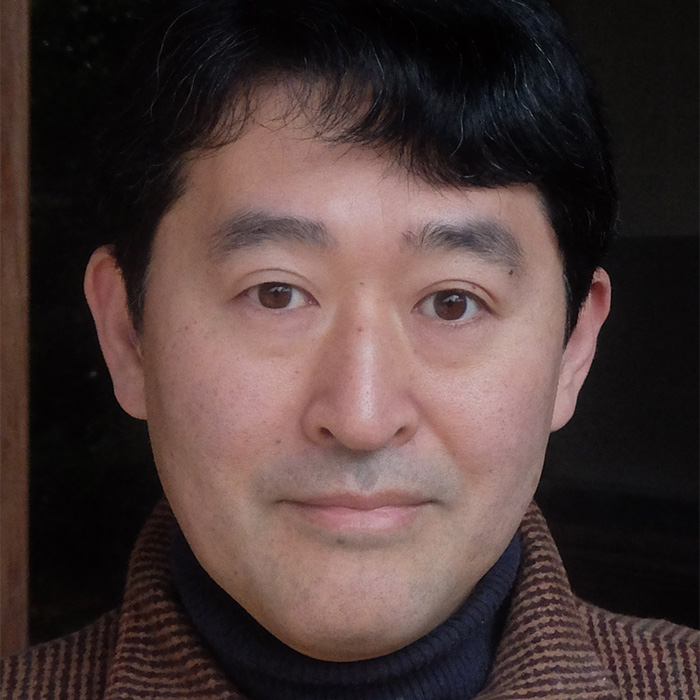Members
Co-Investigator
KAZUHIDE HASHIYA

INSTITUTION
Graduate School of Human-Environment Studies, Kyushu University
ACADEMIC FIELD & RESEARCH
I conduct experimental-psychological and comparative-behavioral research with a particular interest in infant and child development, focusing on the species-specific communication in humans, as well as its mental foundations. I aim to reconsider and consolidate the theories of “Theory of Mind” concept theoretically as I adopt empirical approaches to the interactive process between biological bases and the cultural learning processes.
RESEARCH FIELD (FIELD SITE, LOCATION OF RESEARCH)
Experimental research on human infants and adults
MAIN PUBLICATIONS/PAPERS
- Meng X., Nakawake Y., Nitta Hi., Hashiya K., Moriguchi Y. Space and rank: infants expect agents in higher position to be socially dominant. Proceedings of the Royal Society B: Biological Sciences, 286: 20191674, 2019.
- Kishimoto R., Itakura S., Fujita K., Hashiya K. Evaluation of “calculating” helpers based on third-party observation in adults and children. Psychologia, 61: 185-199, 2020
- Murakami T., Hashiya K. Development in the interpretation of ambiguous referents in 3-and 5-year-olds. Infant and Child Development, 28: e2137, 2019.
- Hashiya K., Meng X., Uto Y., Tajiri K. Overt congruent facial reaction to dynamic emotional expressions in 9–10-month-old infants. Infant Behavior and Development, 54: 48-56, 2019.
- Meng X., Murakami T., Hashiya K. Phonological loop affects children’s interpretations of explicit but not ambiguous questions: Research on links between working memory and referent assignment. PLoS ONE, 12: e0187368, 2017.
- Meng X., Uto Y., Hashiya K. Observing third-party attentional relationships affects infants’ gaze following: An eye-tracking study. Frontiers in Psychology, 7: 2065, 2017.
- Murakami T., Hashiya K. Development of reference assignment in children: A direct comparison to the performance of cognitive shift. Frontiers in Psychology, 5: 523, 2014.
- Meng X., Hashiya K. Pointing behavior in infants reflects the communication partner’s attentional and knowledge states: a possible case of spontaneous informing. PLoS ONE, 9: e107579, 2014.
- Norimatsu H., Blin R., Hashiya K., Sorsana Ch., Kobayashi H. Understanding of others’ knowledge in French and Japanese children: A comparative study with a disambiguation task on 16–38-month-olds. Infant Behavior and Development, 37: 632-643, 2014.
- Kobayashi H., Hashiya K. The gaze that grooms: contribution of social factors to the evolution of primate eye morphology. Evolution and Human Behavior, 32: 157-165, 2011.
RELATED HP
HP: http://www.babykyushu.org/
RG page:
https://www.researchgate.net/profile/Kazuhide_Hashiya/?ev=hdr_xprf